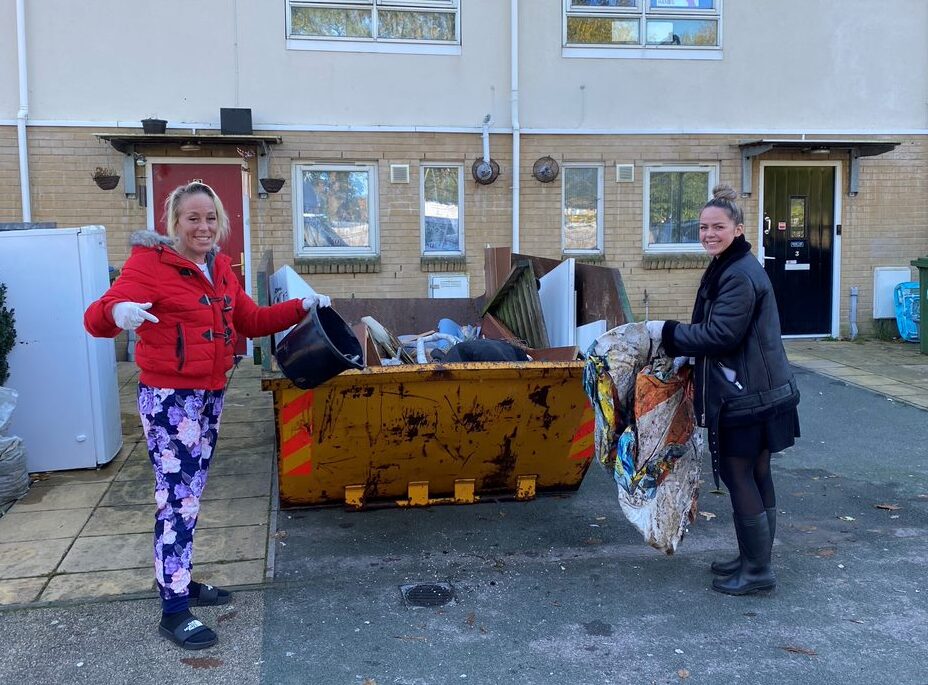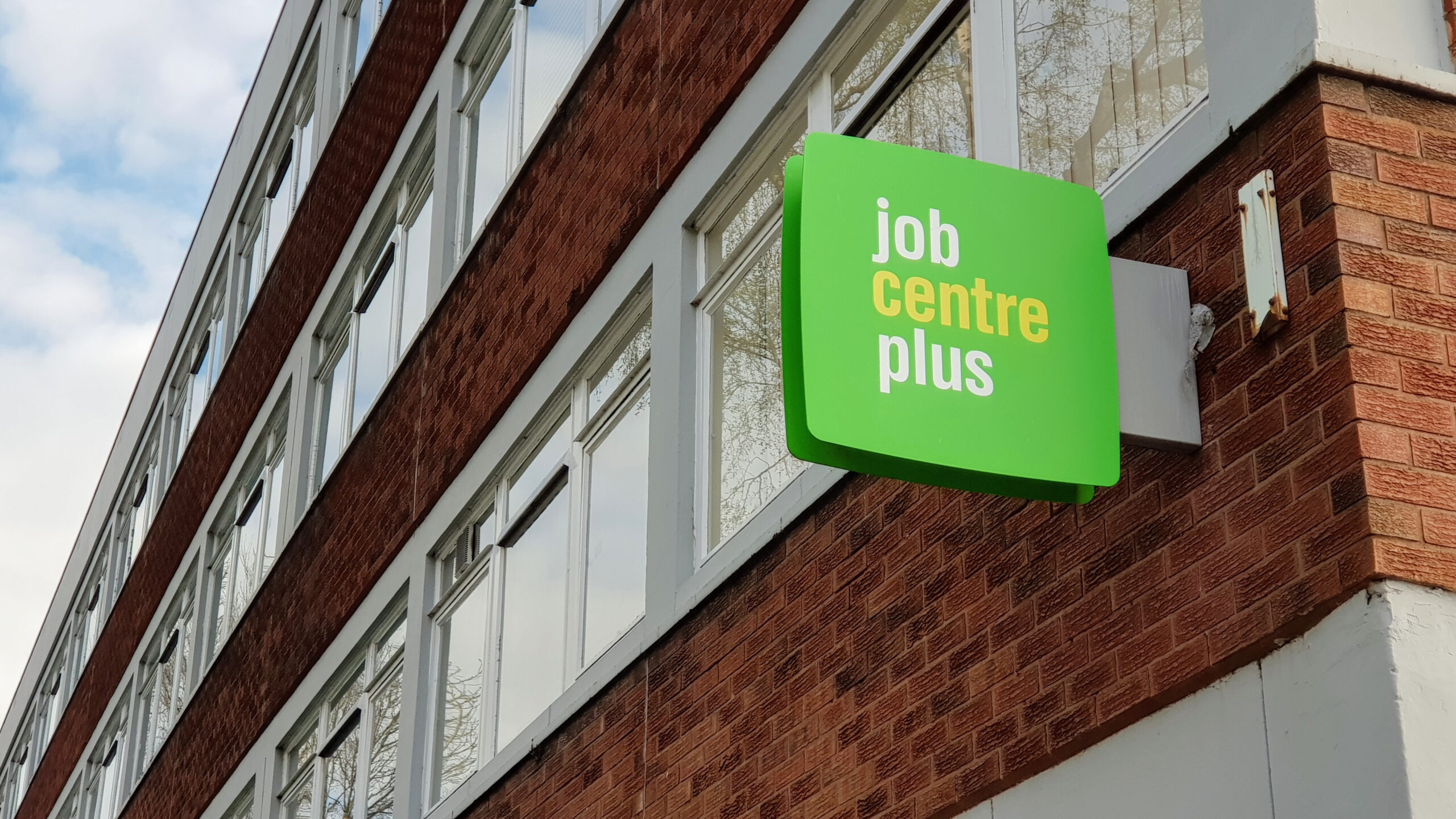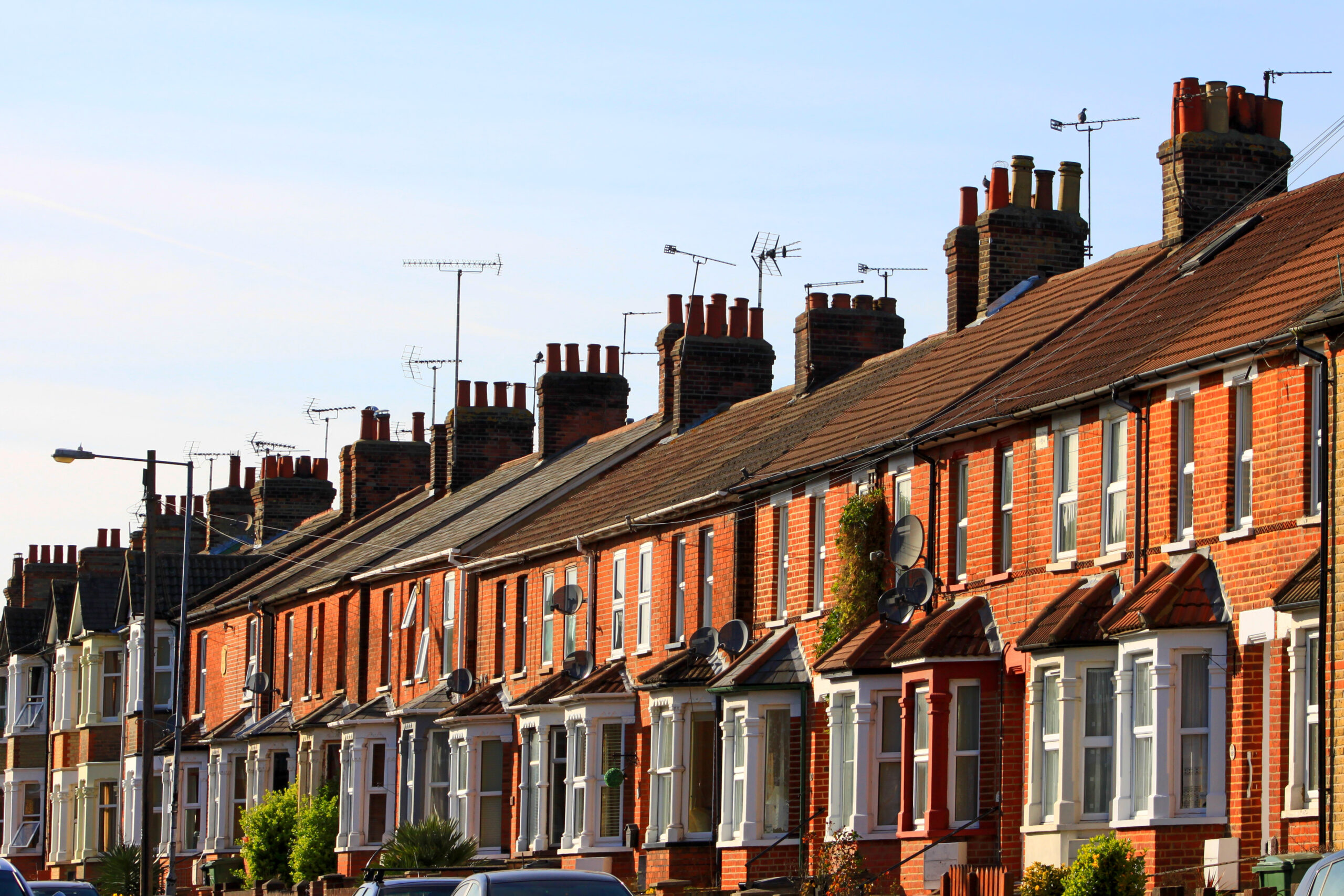 Alex Diner, from the New Economics Foundation, says locally-based initiatives can boost affordable housing supply and improve dilapidated neighbourhoods.
Alex Diner, from the New Economics Foundation, says locally-based initiatives can boost affordable housing supply and improve dilapidated neighbourhoods.
Despite years of rhetoric around levelling up, England remains riven by geographical and regional inequality. Angela Rayner criticised the government’s levelling up agenda as “false promises”. Decades of centralised decision-making and underinvestment in our former industrial heartlands have produced a country in which access to jobs, wellbeing and opportunities continue to be driven by which part of the country you happen to live in. When areas of the country are held back by failed government policy, residents can see their neighbourhoods decline. This often shows up in the built environment, in the form of empty and dilapidated streets. These attract antisocial behaviour, depress property values and damage local communities’ pride in their local area.
Governments over recent decades have attempted to tackle this problem. The last Labour government invested billions to regenerate deprived communities and tackle empty homes. Between 2012 and 2015, the Coalition Government’s Empty Homes Programme provided grant funding to social landlords and community-led housing groups to breathe new life into empty homes. But since the Empty Homes Programme was scrapped in 2015, the number of homes lying unoccupied has increased by 22%.
How the model works
 An ecosystem of community-led housing organisations – like Giroscope in Hull, Latch in Leeds, Community Campus in Stockton – buy and renovate poor-quality and empty homes to let below market rents. These groups can transform previously dilapidated homes, provide truly affordable housing, revitalise empty streets, and provide local job and apprenticeship opportunities. By definition, these groups are locally focused, and are composed of people genuinely grounded in their communities.
An ecosystem of community-led housing organisations – like Giroscope in Hull, Latch in Leeds, Community Campus in Stockton – buy and renovate poor-quality and empty homes to let below market rents. These groups can transform previously dilapidated homes, provide truly affordable housing, revitalise empty streets, and provide local job and apprenticeship opportunities. By definition, these groups are locally focused, and are composed of people genuinely grounded in their communities.
This model is how many of what became the UK’s largest housing associations began their existence. But many of this newer wave of community-led housing organisations prefer the flexibility that comes from not being registered social landlords. This means, however, they don’t have access to Affordable Homes Programme grant funding. There’s now no central grant support available to them, and rising interest rates pose a threat to their funding model.
When community-led housing associations want to buy new properties, they are often in competition with buy-to-let landlords, often cash buyers with large portfolios, and are therefore less exposed to soaring interest rates. While some private landlords are selling up as a result of a curtailment of the favourable conditions they have enjoyed for a number of decades, deprived areas still provide opportunities for buy-to-let, often absentee, landlords to speculate. Low house prices in deprived areas mean they continue to produce relatively high rental yields for landlords. Crucially, these landlords continue to extract rent from local economies while failing to invest in the homes, people or communities.
Community-led housing groups – as well as other social landlords and indeed owner-occupiers – therefore often struggle to compete with these equity-rich, portfolio landlords. The sector needs support if it’s to be sustained, let alone flourish and play an important role in regenerating communities. Public investment in community-led housing is also good value for money, creating £3 in value for every £1 in public money spent.
First refusal
If we want these organisations to have a competitive advantage over wealth-extracting buy-to-let landlords, the government should introduce a ‘community right-to–buy’. This would give social landlords and community-led housing organisations the right of first refusal for a set period when properties become available for sale. With the Levelling Up Bill currently making its way through the House of Lords, this is the perfect opportunity to add community right-to-buy as an amendment.
Community right-to-buy has support from the community-led housing sector, but will not be necessary in areas where market demand and prices are already high. However, in areas where there’s little demand from residential home buyers, but a greater number of empty homes and continued speculation from buy-to-let landlords, a community right-to-buy would help catalyse locally-led regeneration.
This must be backed up by the introduction of a national housing conversion fund, previously called for by the Affordable Housing Commission, with a significant chunk of money dedicated to supporting community-led groups. The government failed to spend £600m of the Affordable Homes Programme in 2022/23 because developers don’t want to build in current market conditions. Why not use that money to allow social landlords and community groups to buy homes, tackle rising homelessness and regenerate communities which have been held back?
Read the full report https://neweconomics.org/2023/09/the-community-right-to-buy
This article was first published in Inside Housing https://tinyurl.com/2p8hpnbb





















